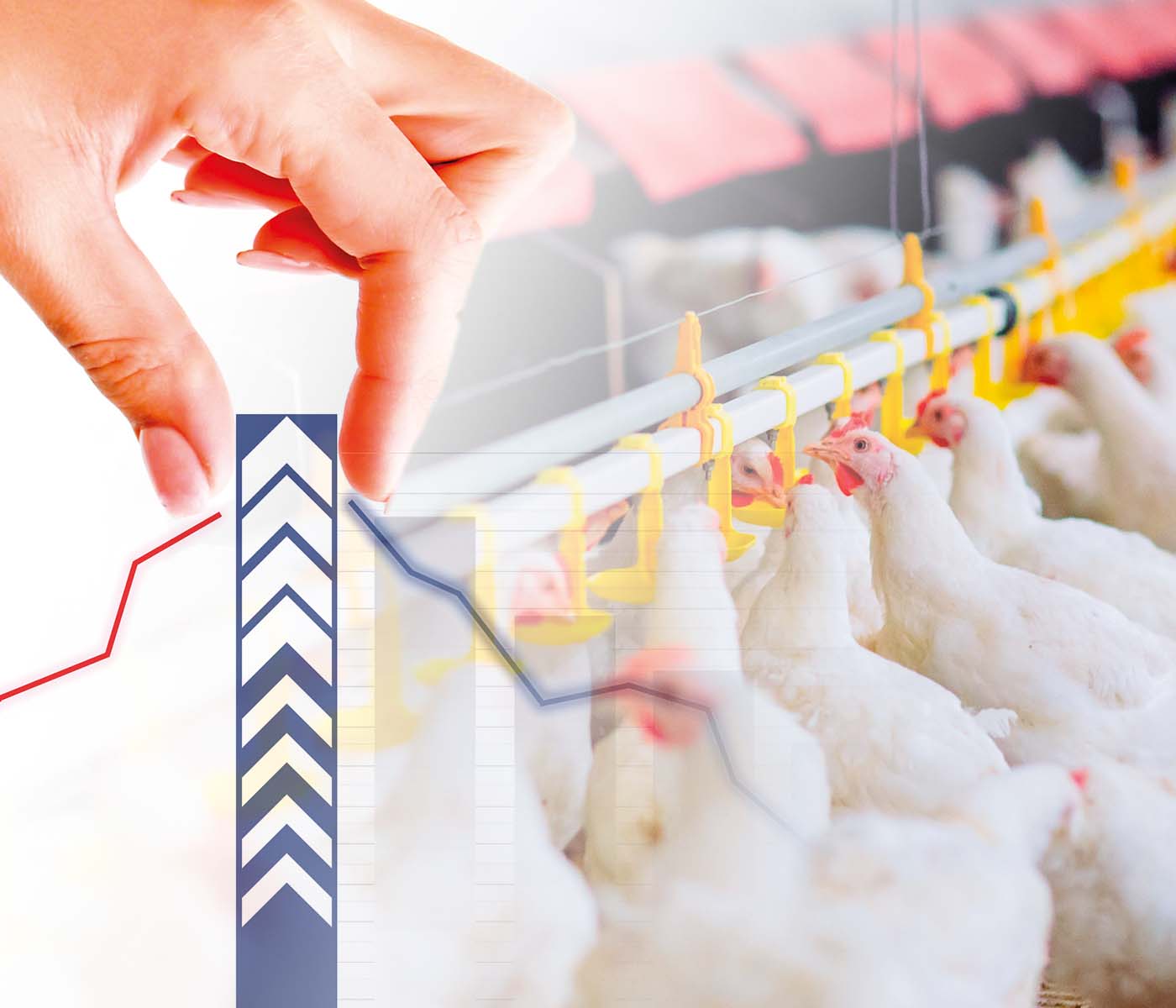With continuously improving genetics, the current broiler is robust with low mortality, excellent feed efficiency and high yield. This also applies to the broiler breeder, which the customer would like to see producing more and viable chicks. Therefore, adequate management of broiler breeders during the rearing is essential to achieve optimum production.
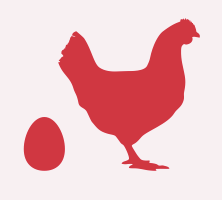
Focus on uniformity, body conformation, bodyweight profiles and feed management to create the ideal preparation of the pullet.
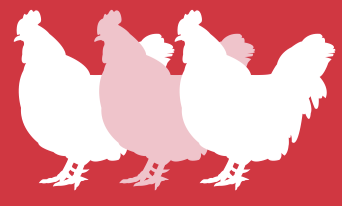
The goal for the end of rearing is to have a sexually uniform flock with the correct body conformation for age. With high sexual uniformity, birds increase production faster into lay. Feed and weight gain can also be better managed and there will be lower mortality in early lay.
Flocks that peak high (88-91%) are flocks that increase production fast in the first three weeks.
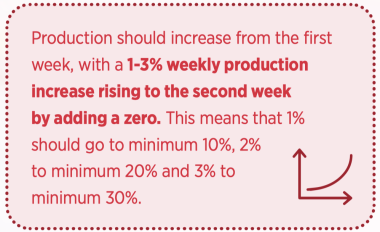
From the second to third week the production should at least double. For example, 30% in the second week should become 60% in the third week.
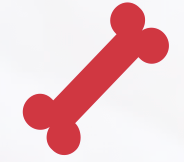
- High skeleton uniformity makes it easier to bring all birds to the correct body conformation after 12 weeks.
- Birds with a smaller frame in comparison with bigger frame birds get fleshed faster and often over fleshed on the same feed intake.

The second week after the chicks have reached their target weight, they should start on controlled feeding to limit growth, which will lead to
Keep up to date with our newsletters
Receive the magazine for free in digital version
REGISTRATION
ACCESS
YOUR ACCOUNT
LOGIN
Lost your password?
